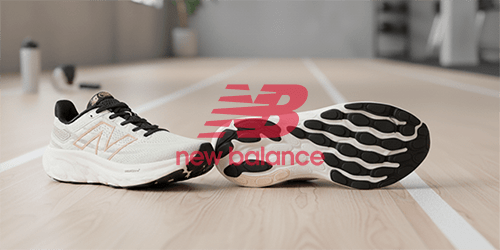Working from home saves commute time and increases flexibility, but it also reduces natural daily movement. This post explains simple, realistic ways to stay active so you can protect your health, boost energy, and sustain focus throughout the workday.
Why movement matters when you work from home
Sedentary time is linked to neck and back pain, low energy, and decreased mood. Short, regular movement breaks improve circulation, reduce stiffness, and sharpen concentration. You do not need long gym sessions to gain benefits. Small, consistent habits add up fast.
Create a movement-friendly routine
Turn activity into part of your daily schedule instead of waiting for motivation. Use the same planning you use for meetings to protect movement time.
- Morning ritual – Start the day with 5 to 10 minutes of mobility, stretching, or a brisk walk to wake up your body.
- Hourly microbreaks – Set a timer to stand, stretch, or walk for 3 to 5 minutes each hour.
- Active lunch – Take at least 20 minutes away from screens to walk, do light exercise, or move around your neighborhood.
- End of day cooldown – Finish with a short stretch sequence or a gentle walk to separate work from personal time.
Design your workspace to encourage movement
A few changes to your setup can increase how much you move without extra effort.
- Use a height-adjustable desk so you can alternate sit and stand every 30 to 60 minutes.
- Place commonly used items like your printer, water bottle, or notes a few steps away to force short walks.
- Choose a chair that supports a neutral posture and allows slight movement.
Example setup
Standing desk half day, ergonomic chair, water bottle on a small side table 3 steps away, printer in a nearby cabinet, and a yoga mat under the desk for quick stretches.
Short workouts you can do between tasks
Short, focused sessions give you a physical and mental reset. Try these mini workouts that require little or no equipment.
- Five minute circuit – 30 seconds squats, 30 seconds push ups or incline push ups, 30 seconds plank, repeat with 30 seconds rest.
- Stair bursts – Climb stairs for 2 to 5 minutes at a moderate pace to raise heart rate quickly.
- Desk mobility – Shoulder rolls, neck stretches, seated spinal twists, and ankle circles to relieve tension.
Turn chores into movement
Household tasks can add healthy activity without extra time cost.
- Do a short tidy or vacuum session between meetings.
- Garden, fold laundry, or prepare meals with more standing and walking.
- Time chores as active breaks: set a 10 minute timer and move with purpose.
Use technology to support healthy habits
Select apps and devices that remind you to move and help track progress. Choose simple tools you will actually use.
- Reminders and timers that prompt standing or stretching each hour.
- Step trackers to set a daily step goal that fits your schedule.
- On demand fitness classes for short 10 to 20 minute sessions you can do at home.
Movement breaks that boost focus
Active breaks often improve cognitive performance more than coffee or extra screen time. Try these quick resets.
- 5 minute walk outside to get fresh air and reset your visual focus.
- Breathing and mobility – 2 minutes of deep breathing combined with shoulder and chest opening stretches.
- Eye reset – follow the 20-20-20 rule: every 20 minutes look at something 20 feet away for 20 seconds.
Set realistic goals and build consistency
Progress is about consistency, not perfection. Start with small, achievable goals you can meet most days, then increase gradually.
- Begin with a 10 minute movement goal per workday, then add another 10 minutes after two weeks.
- Keep a simple log of activity to observe trends and celebrate small wins.
- Make movement social by joining a friend for a short walk or an online class.
Common obstacles and how to handle them
Here are typical barriers and practical fixes.
- No time – Replace one distraction per day with a 5 minute movement break. Even small swaps add up.
- Low motivation – Keep workouts short and varied. Track progress to build momentum.
- Pain or mobility limits – Focus on gentle mobility, posture work, and consult a professional if pain persists.
Quick action plan you can use today
- Set an hourly reminder to stand and stretch for 3 minutes.
- Do a 5 minute bodyweight circuit mid morning.
- Walk 15 to 20 minutes at lunch.
Conclusion
Staying active while working from home is practical and achievable. Small, repeated actions protect your health and sharpen your work performance. Create a routine, design a movement-friendly workspace, and use short workouts and chores to keep your body moving. Over time these simple habits will make your workday healthier and more productive.




